9 steps to cutting carbon emissions on poultry farms
The government has set a goal of achieving carbon net zero by 2050. But the NFU has set a more ambitious target of 2040 for agriculture.
While the move towards lower carbon emissions is environmentally sound, it can also have benefits to the bottom line for farmers.
Even where upfront investment is required, most measures will see a long-term financial gain.
We highlight steps that can be taken towards achieving the targets that can also help underpin the future viability of poultry units.
See also: 4 alternatives to spreading poultry manure on land
1. Heating
Poultry farms are often off-grid and rely on highly carbon-intensive oil and liquefied petroleum gas for heat.
Solution: Ground source heat pumps exploit temperature exchange via a labyrinth of underground pipework. Heat pumps not only reduce a farm’s carbon output but running costs are 25-50% lower.
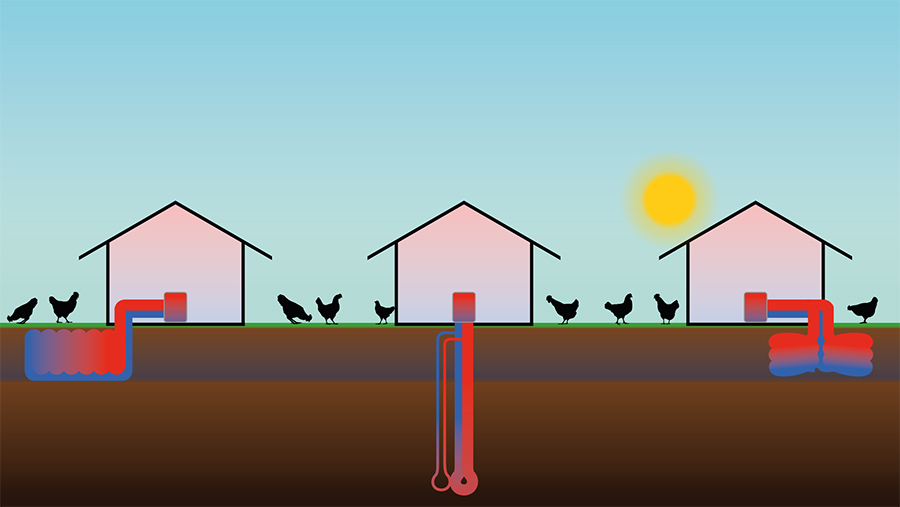
© Adobe Stock
2. Power
Electrical systems underpin modern poultry production. Power is often supplemented or, for off-grid sites, generated by diesel engines.
Solution: Solar panels can be mounted on roofs or sited elsewhere on-farm to help meet peak demand. Retrofitting LED light systems is also a key way of cutting power usage.
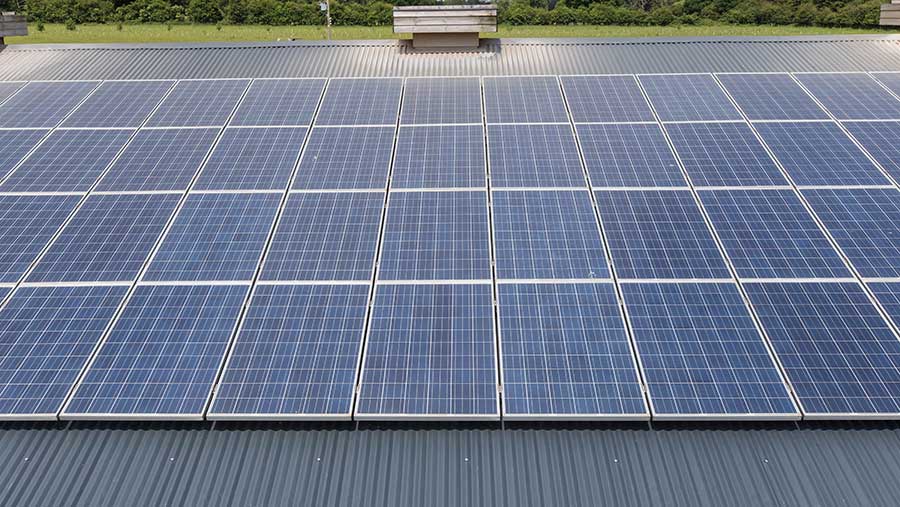
© Tim Scrivener
3. Ventilation
One of the big power consumers on a poultry farm is ventilation, with fans running almost constantly to keep units cool in hot weather.
Solution: The key is to ensure ventilation is well maintained and optimised to the size of the unit to reduce any inefficiencies with mechanical parts.
Ground source heat pumps can also be used to extract heat from the shed.
4. Thermostats
Inefficient ventilation and heating systems can be caused by defective or poorly positioned sensors.
Solution: Resiting thermostats away from draughts and doors, and ensuring they are clean and operating correctly will save energy and reduce emissions.
5. Feed
Between 50-85% of carbon emissions are attributed to feed – largely due to soya unsustainable sources.
Solution: Sustainably sourced soya can reduce carbon footprints. Rapeseed, pea, beans and lupins may offer alternatives, but are lower in protein.
Long term, insect protein, processed animal protein or even algae may provide the answer.
Phase-feeding and other nutritional strategies that better meet the maturing birds’ requirements can also help to reduce greenhouse gas emissions.
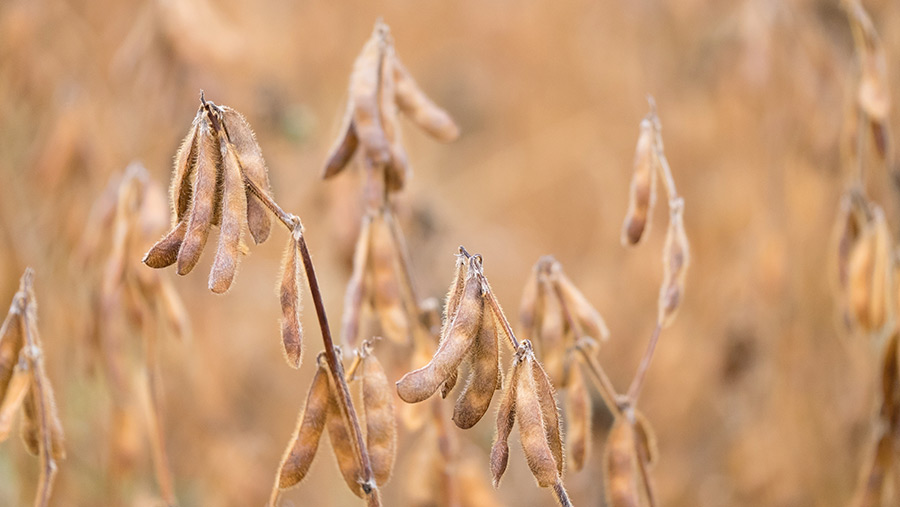
© Tim Scrivener
6. Manure/litter
About 10% of carbon emissions are from manure.
Solution: Covering manure heaps or exporting manure as a feedstock for anaerobic digesters can limit emissions.
Control the humidity and temperature of manure and litter, empty manure belts once or twice weekly.
Transfer litter and manure to transport indoors and cover vehicles.
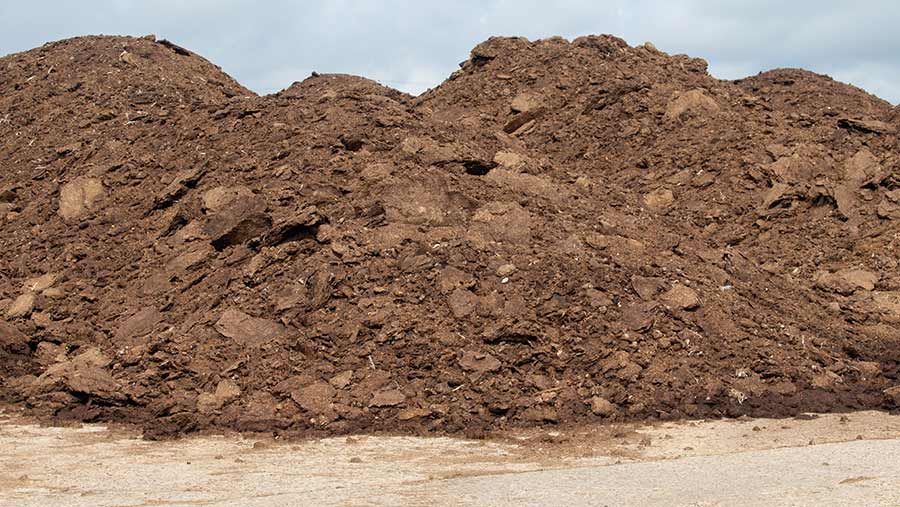
© Tim Scrivener
7. Carbon capture
Poultry farms, especially broiler units, are often aren’t sited on large areas of land and so have a limited capability to capture carbon.
Solution: Tree planting on nearby land or ranges is one way flockkeepers can offset emissions and capture carbon directly. Also planting hedgerows.
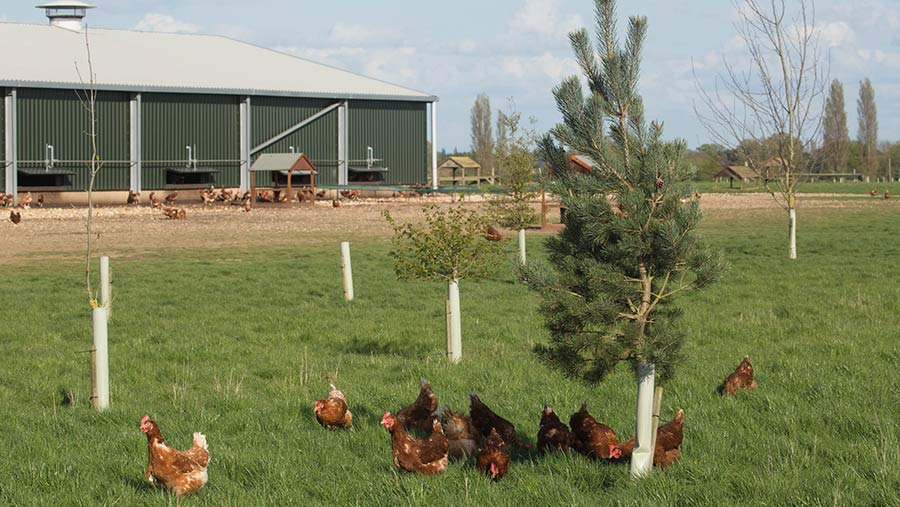
© Tim Scrivener
8. Husbandry
Poor management can increase feed conversion ratio through disease, increased bird mortality and lower output.
Solution: Investment in staff training and procedures will help improve bird health, help reduce carcass rejects and improve egg and meat production
9. Insulation
Poor insulation leads to heat loss or raised temperatures in sheds, putting additional pressure on ventilation and heating.
Solution: Improve insulation by aiming for a thermal conductivity of 0.4W/sq m or higher. A thickness of 200mm used to be recommended – that standard has now been doubled to 400mm.
Gas and water piping should be switched from metal to plastic.
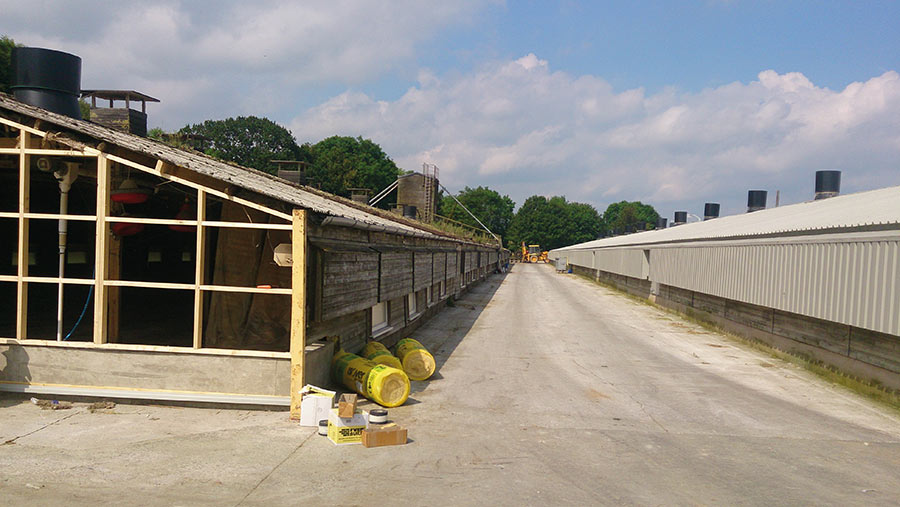
© Powell Buildings
